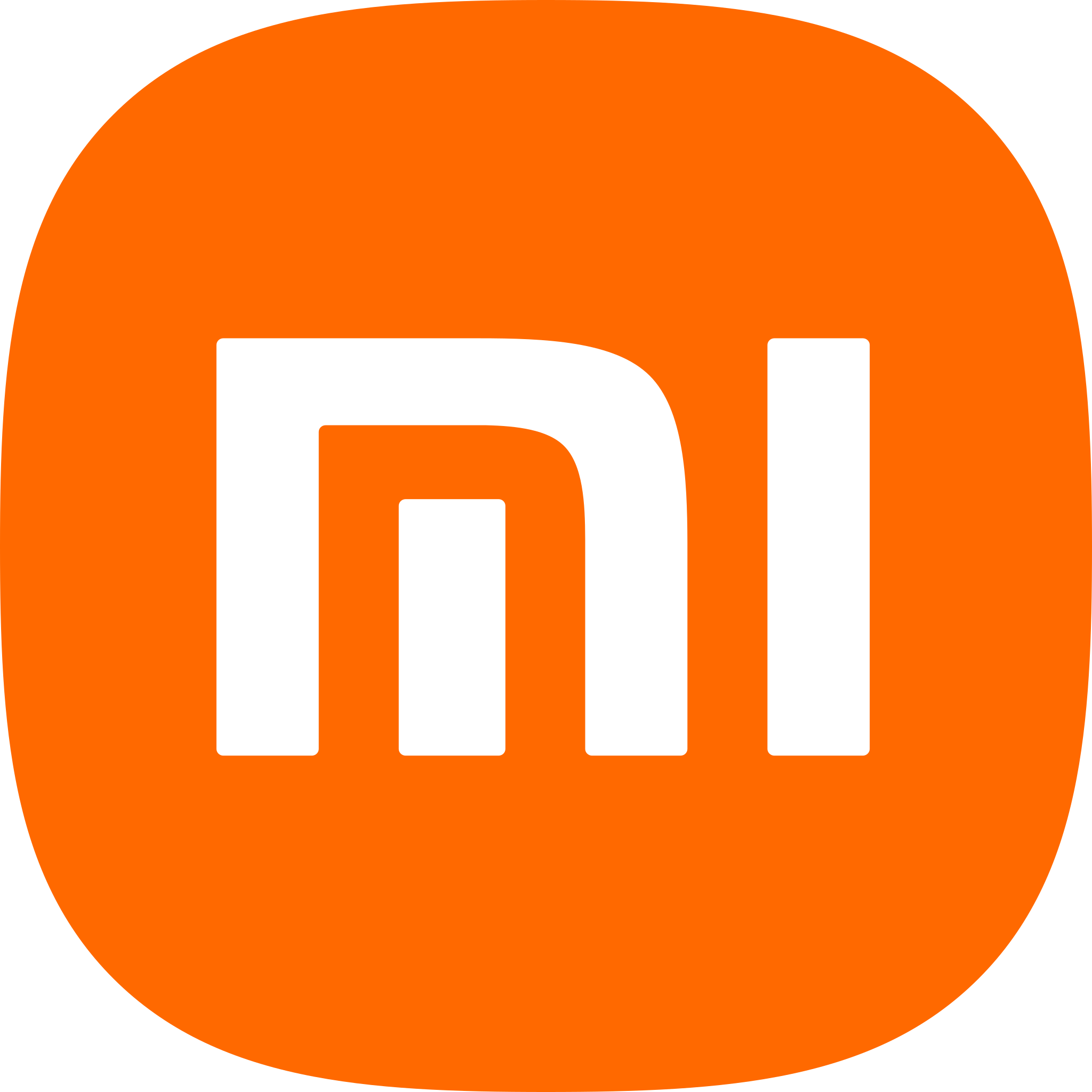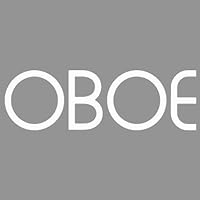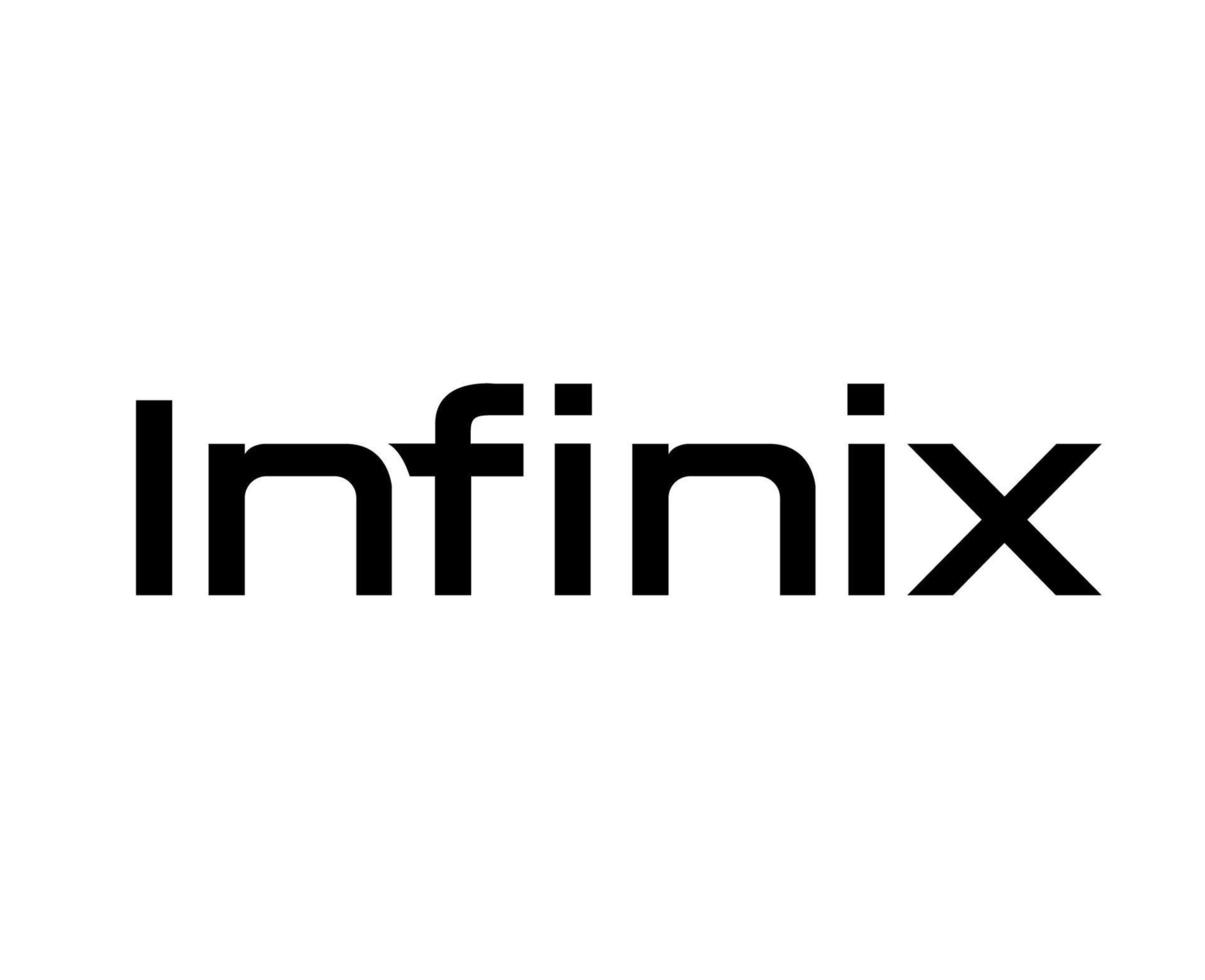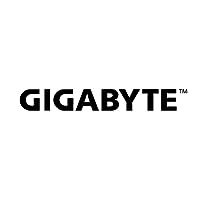The landscape of animation has transformed significantly through the use of Graphics Processing Units (GPUs) and Central Processing Units (CPUs). Both are essential for computing, but they play different roles in animation which complement each other. This guide will look at GPUs and CPUs in detail by explaining what they do uniquely as well as their advantages while working together to move the animation industry forward.
What is CPU?
Often compared to a computer’s ‘brain, the central Processing Unit (CPU) is a hardware component that carries out instructions from programs and controls system operations. CPUs perform various tasks such as running operating systems and conducting complex calculations.
What does it do? (Key Functions of CPU)
1. Execution of Instructions: CPU reads and follows program commands, liaising with other devices when necessary.
2. Arithmetic Functions: Basic mathematical operations like addition or subtraction are done by it alongside logical ones plus controls for input/output devices among others.
3. Management of Tasks: Through technologies such as multi-core or multi-threading modern processors can undertake several tasks at the same time.
What is a GPU?
Unlike CPU which general purpose device for computing, a Graphics Processing Unit (GPU) tends to concentrate on rendering graphics and performing other parallel processing duties. Initially created with rendering pictures and videos in mind they have since been modified to handle various types of intensive computation.
What does it do? (Key Functions of GPU)
1. Rendering Graphics: They are good at creating high-quality images, videos and animations.
2. Parallel Processing: They can handle thousands of simultaneous calculations, making them ideal for tasks that can be parallelized.
3. . Acceleration of Complex Algorithms: GPUs are used in fields like deep learning, scientific simulations, and of course, animation.
CPU vs. GPU: Core Differences
Understanding the core differences between CPUs and GPUs is crucial for appreciating their roles in animation.
Architecture
1. CPU Architecture: CPUs have fewer cores optimized for sequential processing. They are designed for versatility and can handle a wide variety of tasks.
2. GPU Architecture: GPUs have a large number of smaller, efficient cores designed for parallel processing. This makes them perfect for tasks that can be divided into smaller, simultaneous operations.
Processing Power
1. CPUs: Offer higher single-thread performance, making them better for tasks that require high precision and sequential processing.
2. GPUs: Provide massive parallelism, making them faster for tasks that can be executed simultaneously, such as rendering frames in an animation.
Usage Scenarios
1. CPUs: Ideal for general-purpose computing, running operating systems, and performing complex logical operations.
2. GPUs: Best suited for rendering graphics, video editing, and performing repetitive calculations quickly.
The Role of CPUs in Animation
In animation, the CPU is essential for several core tasks:
1. Running Animation Software
Animation software such as Blender, Maya and Adobe After Effects depend on the CPU to run the application and handle user input.
2. Carrying Out Calculations
Physics simulations, rigging, as well as skeletal animations, require the CPU’s capability to deal with complicated computations.
3. Executing Scripts and Plug-ins
CPU processes scripts (for instance Python in Blender) since most of the animation software has them built into their systems.
4. Controlling System Resources
During animation creation, the CPU oversees general system performance to ensure efficient utilization of memory and storage.
Role Played by GPUs in Animation
These are the amazing features of GPUs that have changed animation forever:
1. Rendering
GPUs are best suited for rendering. Owing to their ability to process data simultaneously, they can produce high-quality images and frames much faster than CPUs thus saving time.
2. Real-Time Previews
With GPUs, animators can get immediate feedback on their work through real-time previews which also helps in speeding up the workflow.
3. Complex Simulations
Producing realistic results requires detail-oriented tasks like fluid dynamics or lighting simulation to be done more efficiently using GPUs because they provide more accurate results.
4. Post-Processing Acceleration
Tasks such as video encoding, effects application and color correction are speeded up during post-production through the use of GPUs.
The synergy between CPU and GPU in Animation
While CPUs and GPUs have distinct roles, their synergy is what truly powers modern animation.
1. Hybrid Rendering
Many animation studios use a hybrid approach where the CPU handles the initial stages of rendering (like scene setup and basic calculations) and the GPU takes over for the final rendering stages.
2. Enhanced Workflows
Software developers design animation tools to leverage both CPU and GPU power. For example, while the GPU renders a scene, the CPU might be handling calculations or managing the interface.
3. Optimized Resource Usage
Efficiently distributing tasks between the CPU and GPU ensures that both are utilized to their fullest potential, resulting in faster and more efficient workflows.
Conclusion
Understanding the distinct yet complementary roles of CPUs and GPUs in animation is crucial for anyone in the field. While CPUs manage a broad range of tasks with precision and control, GPUs excel at rendering and handling parallel processing tasks. Together, they create a powerful synergy that drives the animation industry forward. While balancing the capabilities of GPUs and CPUs is crucial for achieving optimal performance in animation workflows, true innovation lies in the seamless integration of cutting-edge technologies like AI. HP has been at the forefront of this revolution, and the Elitebook 1040 G11 is a testament to their commitment to delivering exceptional computing capabilities while prioritizing innovative features.
The Elitebook 1040 G11 Laptop PC features the latest Intel® vPro™ i7 processors and can have up to 32GB of LPDDR5x RAM which is great for powerful performance when using heavy animation software or rendering. However, what makes animation laptop truly unique is its use of AI-driven technologies that do more than just make it faster; they also improve how well people can work with it. For example, there’s HP Smart Sense: a feature that keeps an eye on performance and makes sure things don’t get too hot; as well as Dynamic Voice Leveling plus AI Noise Reduction that helps clear up communication in virtual meetings or when collaborating online.
Compare and view all the best HP laptop for animation.





















